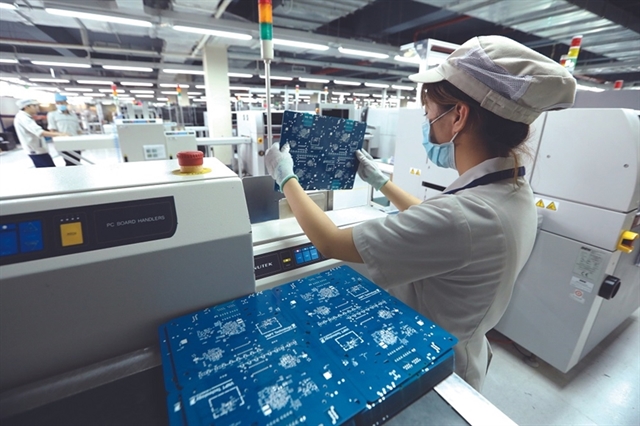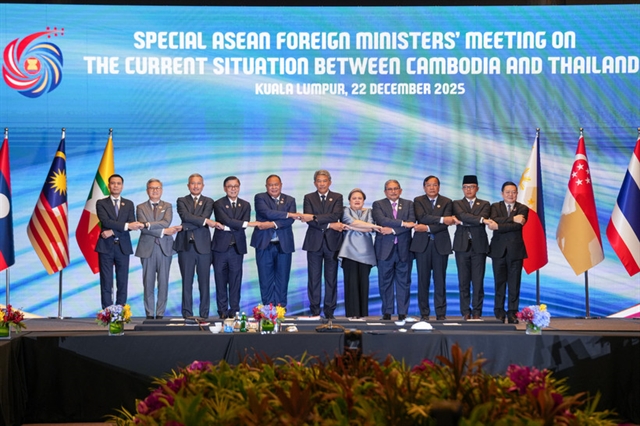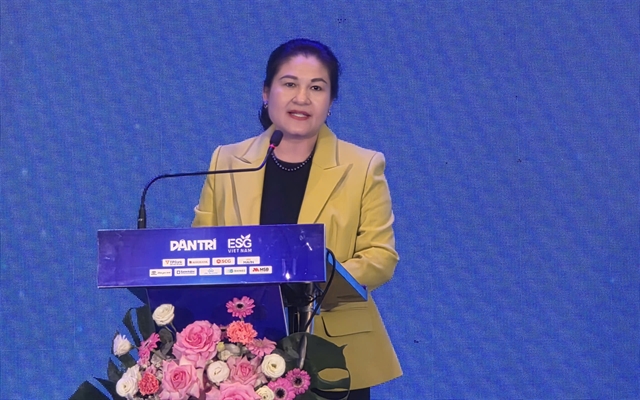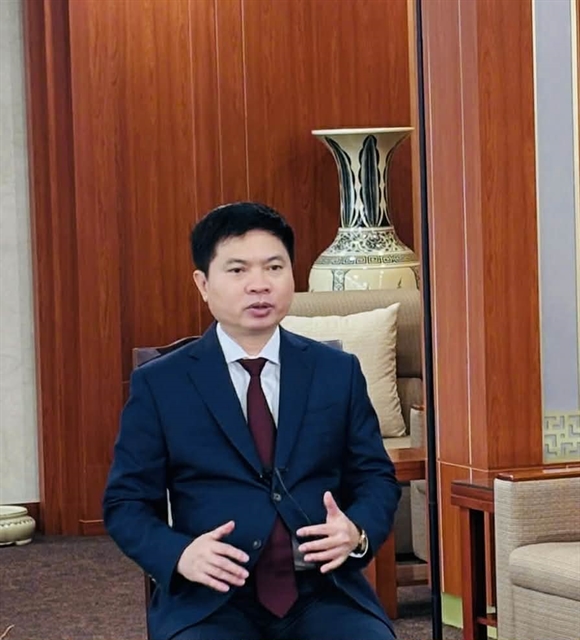 Opinion
Opinion
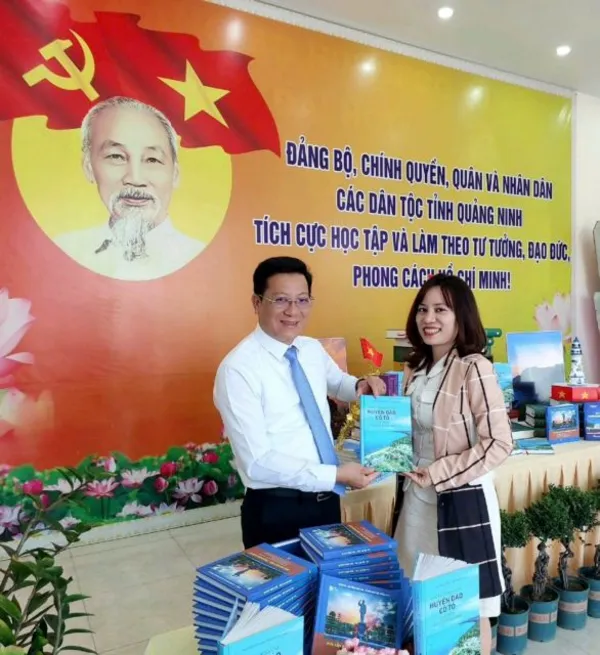
It is necessary to adjust strategies against the pandemic to “confidently and assuredly transition to a new situation, without worries” as per the message of the Prime Minister, Trần Đắc Phu, a senior advisor of the Public Health Emergency Operations Centre told Người Lao Động (Labourers) newspaper.
Many believe it is difficult to “wipe out” COVID-19 as we did before, why is that the case?
The highly infectious Delta variant has spread to almost every corner of the world in a short time. Many countries now share the view of “living safely alongside COVID-19” instead of “Zero COVID-19”.
This is also the case for Việt Nam as the pandemic has infiltrated deep into the community to the point that it is very difficult to bring the number of F0 to zero at the moment. We can only contain the spread at a certain level, especially when we have to ease restrictions for economic development in the future.
The economy is essential to social welfare, it also provides resources to the fight against COVID-19. The Prime Minister expressed the need to safely, flexibly and effectively control and adapt to the pandemic; to appropriately implement measures to control the disease while recovering the economy and ensuring social welfare for people.
How are we supposed to live alongside COVID-19?
The first and most important condition to adapt is still to control the pandemic, as the vaccination rate in the country remains quite low, and not equal among different localities. An outbreak would overload hospitals and increase the death toll.
The second condition is to accelerate the vaccination programme, which is crucial for Việt Nam to achieve herd immunity. Once we succeed, we will be able to “cohabitate” with COVID-19 in the long run, much like seasonal flu.
The third is treatment facilities should be ready for patients to access healthcare when necessary. Essential healthcare services must be accessible and with sufficient oxygen supplies to prevent serious cases of COVID-19 infections and the collapse of the healthcare system.
And finally, departments and localities at all levels should prepare plans to adapt to the pandemic safely and flexibly, controlling the disease while ensuring economic activities. Industries, agriculture, logistics, transportation, education, and many more, all should have specific measures to adapt to the pandemic in accordance with each sector.
What do you think each locality should do to safely and flexibly adapt to the pandemic?
It depends on each locality. Areas with no cases can determine and implement quarantine risk areas and track down infectious sources. The Ministry of Health has also issued instruction documents for industrial parks and export processing zones.
Several other localities need to be flexible with the pandemic prevention plans so as not to disrupt the production chain. Some have already implemented the “one route, two destinations” model, in which the two destinations are an employee’s workplace and their place of residence, and the route is the trajectory connecting them. The place of residence could be where workers eat, sleep, rest to re-energise; could be in groups of workers or in families.
In localities like HCM City where it is impossible to detect the infectious source, we should focus on a minimum number of cases, deaths and seriously ill patients, early treatment, minimise overloading, and prevent the spread with home treatment. For example, quarantine and treatment for F0 and F1 patients at home have been very effective in easing the load of COVID-19 patients at health facilities, which improves treatment quality and the mental health of F0 patients.
What should be noted for production and educational activities, especially when children are not yet vaccinated?
Unvaccinated children are vulnerable. People who already get the shot could still get infected and spread the virus to children, so we should be attentive. Children must defend themselves from the disease by implementing the 5K measures at school, as just one case of COVID-19 in the family could place the children at risk.
Departments and business units should develop safety plans against the pandemic for their workers and employees, and these plans should be adapted to each area. Localities should also focus on protection plans for “green zones”, residential areas, and markets should also be a focus, while strictly implementing testing and determining areas at risk.
For major cities like Hà Nội, HCM City, Đà Nẵng or other tourist attractions, would there be any difference in implementing measures to “cohabitate with COVID-19”?
We should take preventive measures and implement social distancing based on the specific situation. In many countries when there are serious outbreaks, they install social distancing plans to ease the load for the healthcare system. With the current situation in Việt Nam, each area and locality need to develop specific plans according to their circumstances.
For HCM City and parts of Long An, Bình Dương, Đồng Nai Provinces, there should be special preventive measures, such as controlling infectious sources, accelerating the vaccination programmes, gradually ease restrictions to allow for production and business activities in the “new normal.” — VNS

